Apart from the classic anti-doping methods that include urine and blood test of PEDs and their metabolites, there are specific laboratory evaluations (blood tests) that could reveal possible use of chemical enhancement. Their exams involve hormonal, biochemical tests. An experienced pathologist and sports medicine doctor would clarify if there is any possibility of drug abuse.
These markers are the following:
- Coagulation Factors: INR & APTT are coagulators factors synthesized in the liver as well. So when the liver is under stress, its biosynthesis is also affected. Prolonged bleeding is what happens when INR, APTT is increased.
- FSH, LH: Homeostasis happens in order to create balance. Whenever there is exogenous administration of AAS, HPTA is suppressed and hypothalamus-hypophysis stop to produce endogenous testosterone-sperm production.
- Total, Free Testosterone: When AAS are used either orally or injected, TT & FT would raise. AAS are synthetic derivatives of testosterone.
- Somatomedin C: When Somatropin-Human Growth Hormone is used, the liver secretes insulin-like growth factor, known as IGF1. Since GH has fluctuations within the day, depending on the exercise, REM sleep, use of supplementation, type of nutrition, Peptide C serum levels would reveal a possible exogenous use of HGH.
Concerning the credibility of a particular substance:
We could identify from specific blood tests if the particular AAS is original. DHT derivatives (oxandrolone, methenolone, stanozolol) and synthetic forms of DHT (drostanolone, mesterolone). We know that DHT derivatives do not aromatize. Therefore, if beta-estradiol (E2) is elevated, then we assume that the particular AAS is faked. So instead of oxandrolone, it could have to be methandrostenolone, or instead of methenolone, nandrolone could be a possible case. In case of stanozolol suspension aromatizes, then most likely it is testosterone suspension solution. In some cases nandrolone elevates prolactin. Therefore, if someone uses boldenone and prolactin is elevated, then it is possible that equipoise is faked by deca. Other indications include the shut down of HPTA in every AAS use and dramatic elevation of TT, FT. The disadvantage of this method is that each substance has to be measured separately. Stacking different AAS would not help to clarify if the chemical is original.

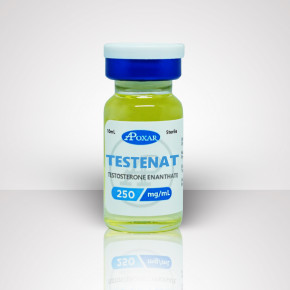
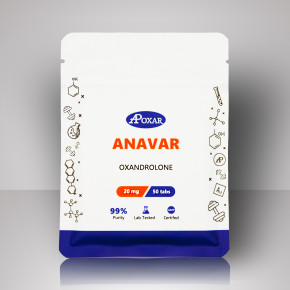
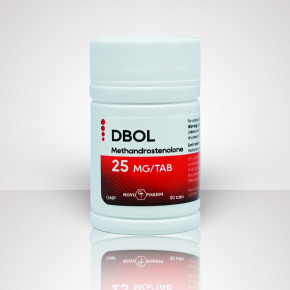
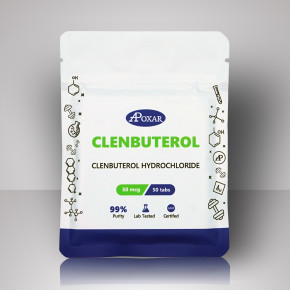
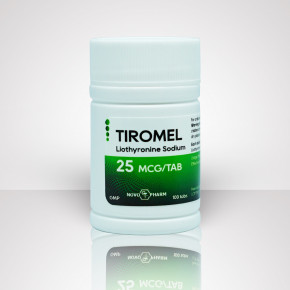
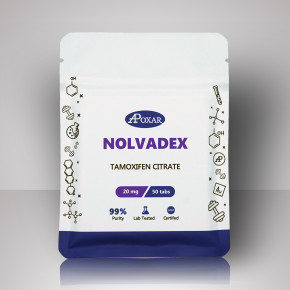
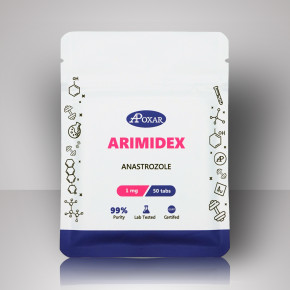
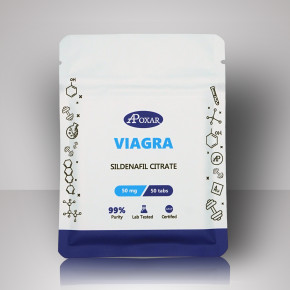
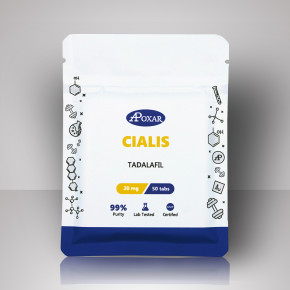
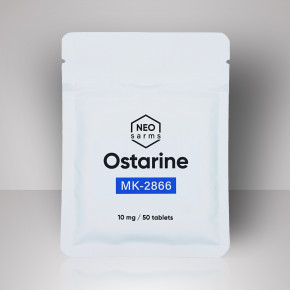
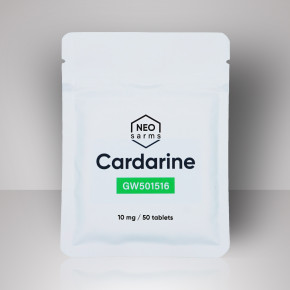
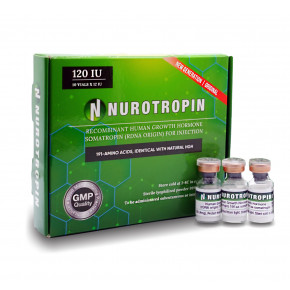
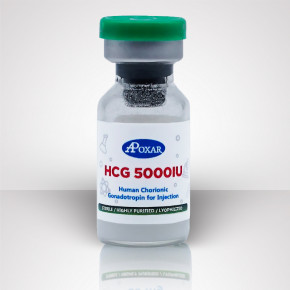
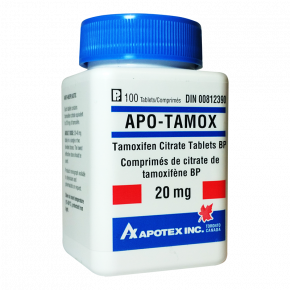
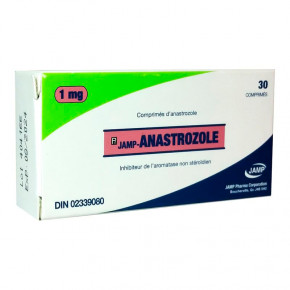
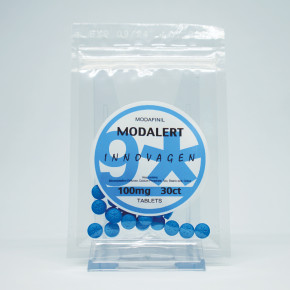
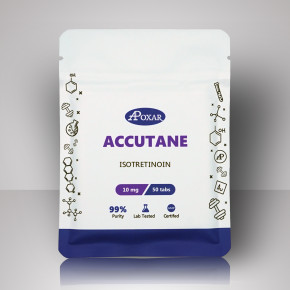
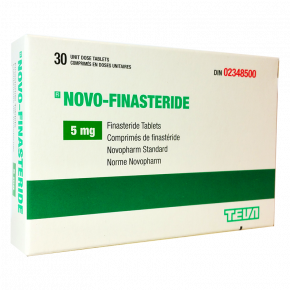
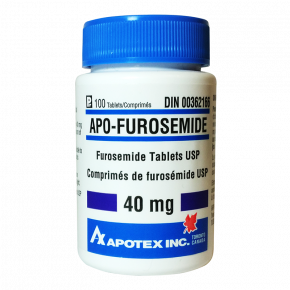
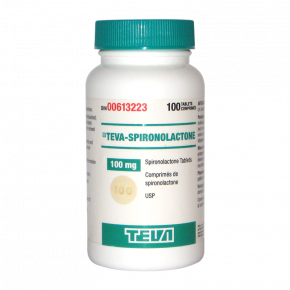

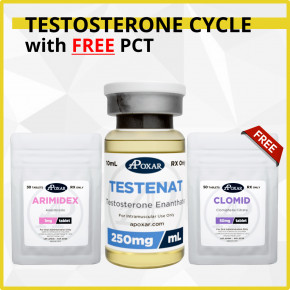
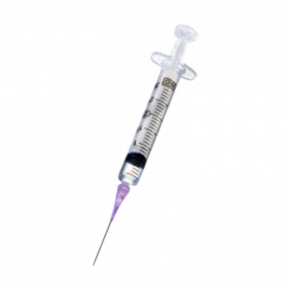
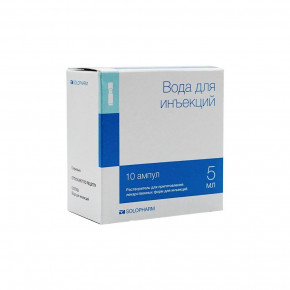

 Proudly Serving Canadians Since 2012
Proudly Serving Canadians Since 2012